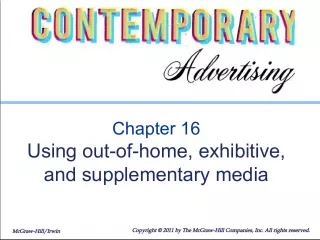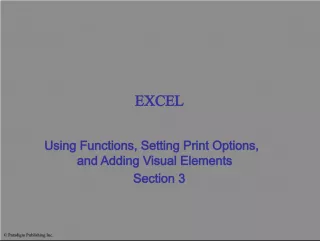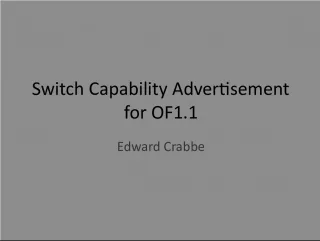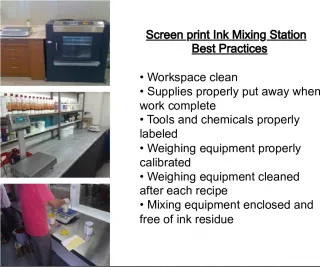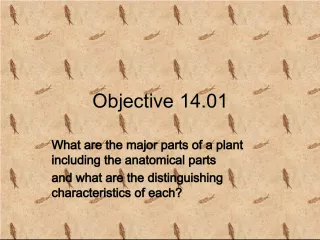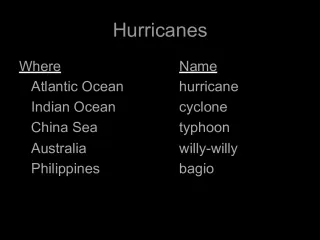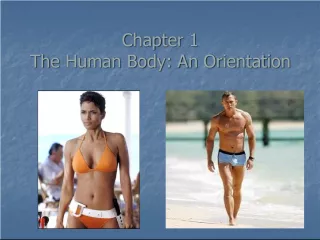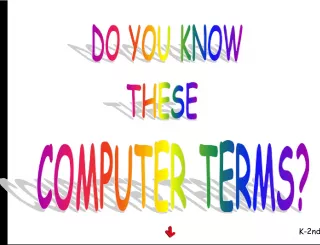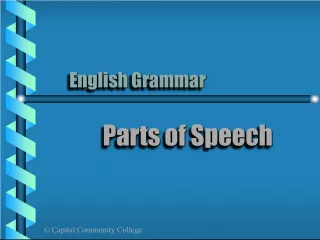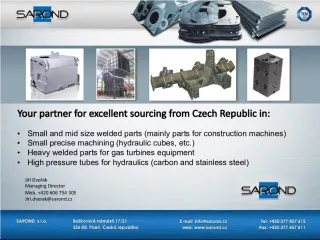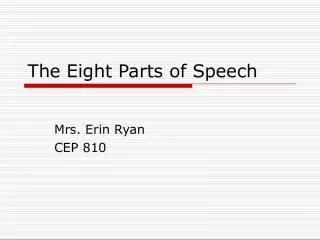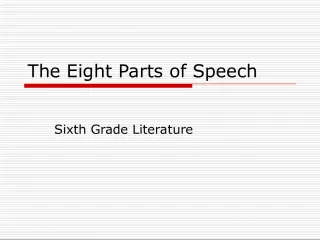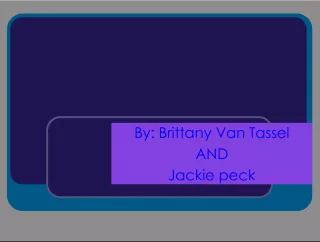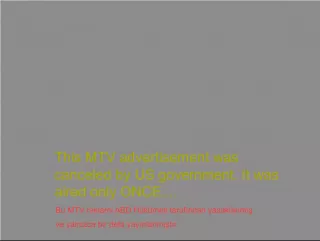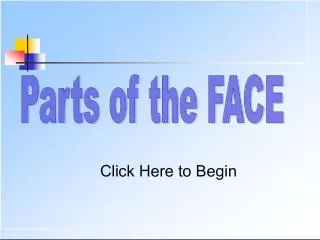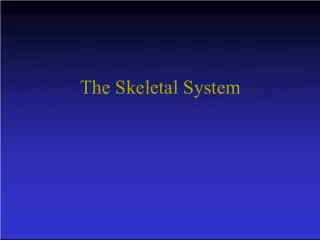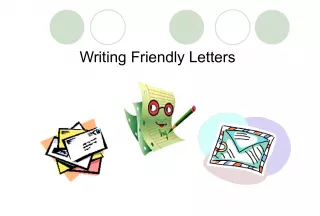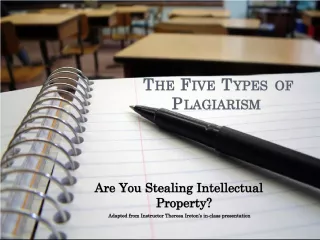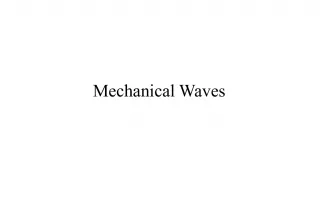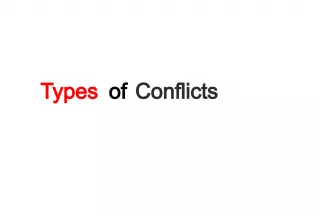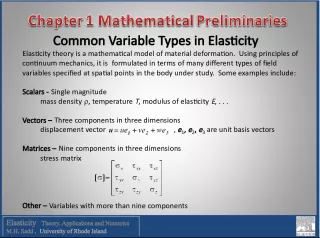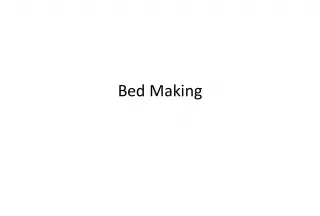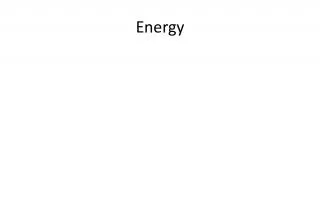Understanding Parts of a Print Advertisement and Types of Print Ads
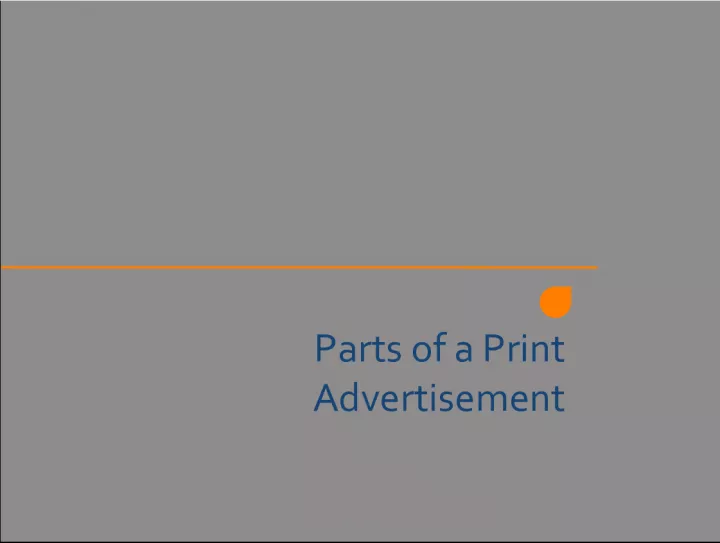

This article discusses the different parts of a print advertisement, including the headline, illustration, body copy, tagline, and company details. It also explores the advantages and disadvantages
- Uploaded on | 6 Views
-
 caitlin
caitlin
About Understanding Parts of a Print Advertisement and Types of Print Ads
PowerPoint presentation about 'Understanding Parts of a Print Advertisement and Types of Print Ads'. This presentation describes the topic on This article discusses the different parts of a print advertisement, including the headline, illustration, body copy, tagline, and company details. It also explores the advantages and disadvantages. The key topics included in this slideshow are . Download this presentation absolutely free.
Presentation Transcript
Slide1Parts of a PrintAdvertisement
Slide2Q.O.D.3/4/14 Identify the advantages & disadvantages of each type of advertisement.
Slide3Print Advertisements Newspaper Magazine Billboards Transit Ads (buses, bus stations, trucks)
Slide4Parts of a Print Ad Headline Illustration Body Copy Tagline Company Details
Slide5Headline A strong statement which includes the major selling point Must grab readers’ attention Must be short (no more than 7 words) Example: “EAT MOR CHIKIN”
Slide6ILLUSTRATION Reinforces the headline Shows how product works or what it looks like Grabs attention of reader Example: Chick-Fil-A Cows
Slide7Body Copy Text that persuades the reader to buy your product Must be interesting Must tell the reader something that he/she wants to know
Slide8Tag Line Summarizes your product or the philosophy of your company It should encourage the reader to act (find out more about the company)
Slide9Company Details Name Address Telephone numbers Email address Logo
Slide10AIDA An ad only has a few seconds to influence someone, so a good ad uses the following formula: A- Attention: attracts attention of the customer I- Interest: features, benefits, advantages D- Desire: they want the product & it will satisfy their needs A- Action- purchase
Slide11Crap Ads Clutter- too many words, images, small writing that is difficult to read Jargon- long sentences and words the potential customer doesn’t understand Facts & figures- no one wants boring stats, use minimum info to get people interested LESS IS MORE
